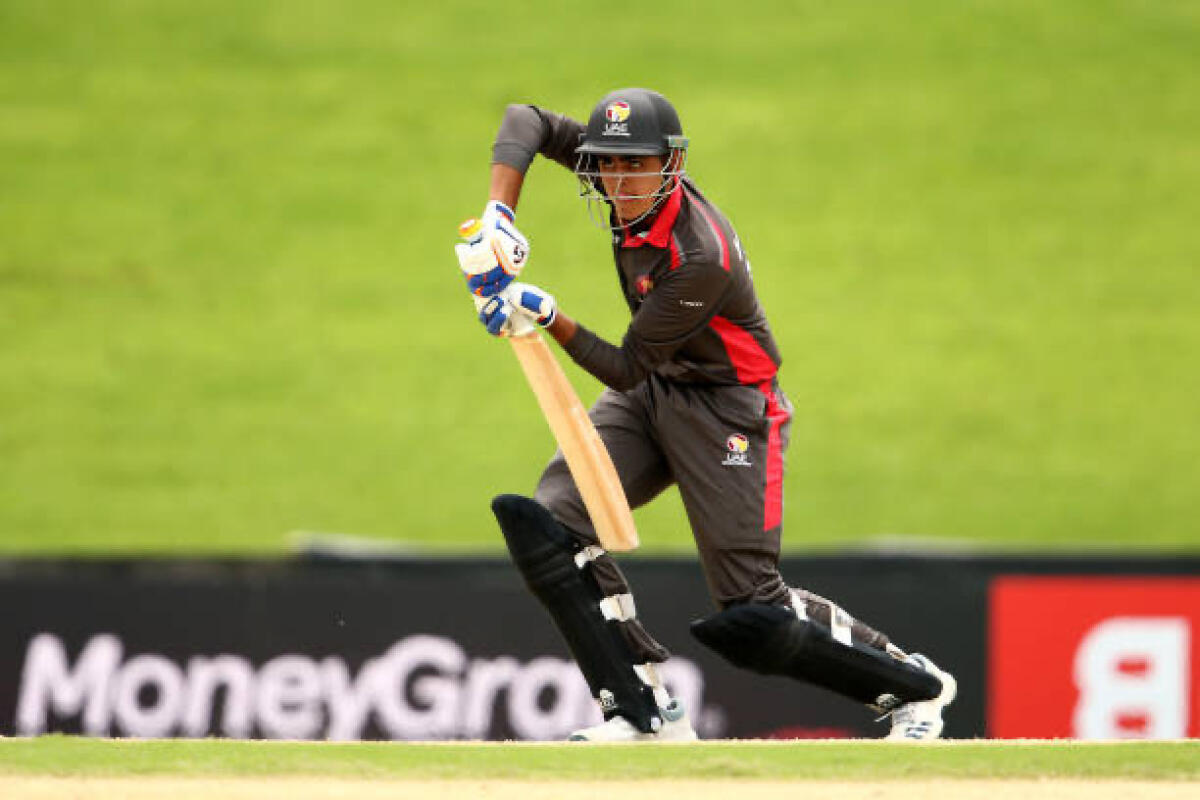The DP World International League T20 concluded its first-of-its-kind Mascot Design Competition this week. The competition was held from 4 July to 21 September.
The competition captured the imagination of students across the UAE. With an overwhelming number of entries, the activation demonstrated the extraordinary creativity, enthusiasm, and energy that cricket inspires among young minds, making it a truly nationwide celebration of sport, culture, and community.
The grand mascot unveiling was held at the Sheikh Rashid Auditorium, Indian High School, Oud Metha. The winning student, Levin Veeroy Fernandes, was officially announced, and his imaginative design (Habibi and Habibti) was transformed into the official mascot of the DP World ILT20, now set to become the face of the league for seasons to come.
The event featured an exciting reveal ceremony, with the student’s design brought to life and presented in front of a vibrant audience, celebrating not only Levin’s creativity but also the remarkable participation of schools and students across the UAE.
The DP World ILT20 extends its heartfelt thanks to all participants whose contributions made this initiative a resounding success. Each entry brought unique ideas and perspectives, reinforcing the league’s commitment to inspiring young minds and celebrating the spirit of cricket.
DP World ILT20 CEO David White: “On behalf of team DP World International League T20, I want to thank all the participants for their efforts. For us, all of you are winners, we are delighted with the interest that the competition created across the UAE.
“The DP World ILT20 is all about UAE and the development of the sport amongst present and future generations of cricketers. Sport and cricket in particular has helped bring together a number of communities and nationalities across the UAE. Cricket has a four-decade long legacy in the country and with the continued growth of the league, the future of cricket not only in the UAE but across the Gulf region is bright and exciting.”
Indian High Schools Group CEO Shri Punit MK Vasu: “Our partnership with DP World ILT20 presents a remarkable platform for our learners to witness world-class cricket in Dubai while embracing the deeper lessons the sport imparts.
“At The Indian High Group of Schools, we uphold the belief that cricket’s enduring spirit fosters respect, discipline, leadership, resilience, teamwork, and composure under pressure, values that cultivate not only accomplished athletes, but also well-rounded, future-ready individuals prepared to lead with integrity, ethics and purpose in a global arena.”
The DP World International League T20 Season 4 will begin on Tuesday, 2 December – UAE National Day (Eid-Al-Etihad) with a blockbuster opening, the six-team, 34-match tournament will conclude with the final on Sunday, 4 January 2026.





 Sports6 months ago
Sports6 months ago
 Business6 months ago
Business6 months ago
 Crime6 months ago
Crime6 months ago













